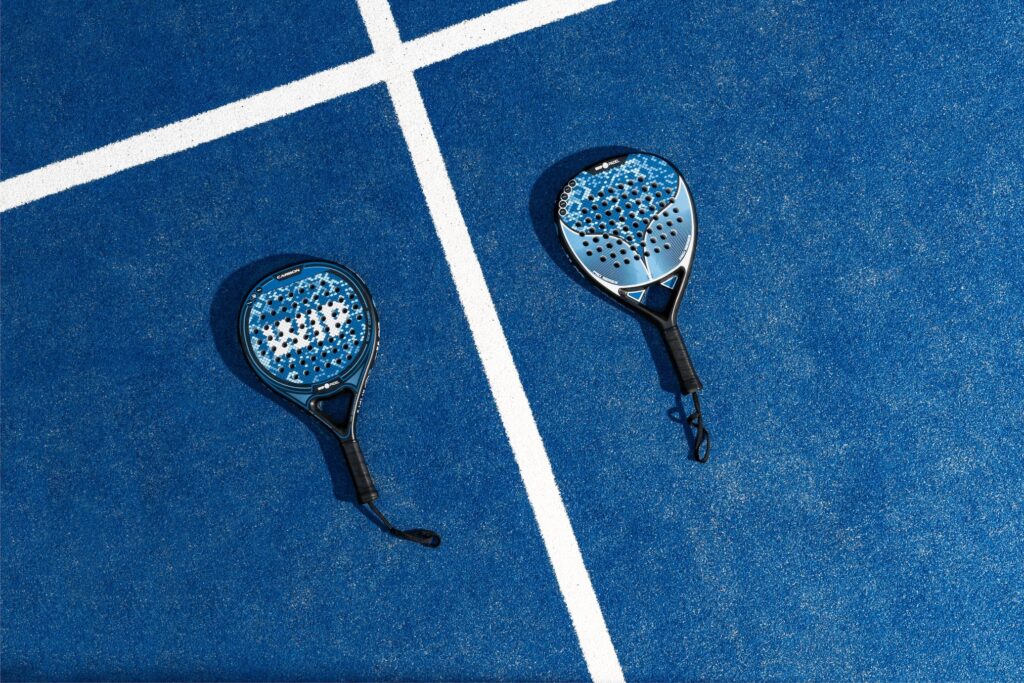The Science Behind Finding the Best Padel Racket for Optimal Control and Power
3 min read
The Science Behind Finding the Best Padel Racket for Optimal Control and Power
Padel, a fast-paced sport that combines elements of tennis and squash, has rapidly grown in popularity around the world. As with any sport, selecting the right equipment is essential for players looking to improve their performance and get the most out of their game. The most important piece of equipment for padel players is undoubtedly the racket, and finding the best padel racket for control and power is crucial.
But how do players go about selecting the perfect padel racket? What are the key factors to consider when making this important decision? In this article, we will explore the science behind finding the best padel racket for optimal control and power.
Weight and Balance
One of the most important factors to consider when selecting a padel racket is weight and balance. The weight of a racket can have a significant impact on a player’s performance. A heavier racket, for example, can provide more power, but it may come at the cost of control and maneuverability. A lighter racket, on the other hand, may offer greater control and maneuverability, but it may lack the power of a heavier racket.
In addition to weight, the balance of a racket can also be critical. A racket’s balance refers to the distribution of weight along the length of the racket. A racket that is evenly balanced may be easier to handle, particularly during fast-paced rallies. A racket that is more head-heavy, on the other hand, may provide more power overall, but it may require more effort to maneuver.
Shape and Size
The shape and size of a padel racket can also play an essential role in a player’s performance. Padel rackets come in two primary shapes, round and diamond. Round rackets are typically more forgiving and offer greater control, while diamond rackets are often more powerful but require more skill to master.
The size of a racket’s head is also important to consider. A larger head size can provide more power and forgiveness, while a smaller head size may offer greater control and precision.
Materials
The materials used to construct a padel racket can also impact a player’s performance. Padel rackets are typically made from carbon fiber, fiberglass, or a combination of both. Carbon fiber rackets are typically stiffer and more powerful, while fiberglass rackets are more flexible and forgiving. A combination of both materials can offer a good balance of power and control.
Conclusion
Finding the best padel racket for control and power requires careful consideration of a variety of factors, including weight and balance, shape and size, and materials. Ultimately, the best padel racket for you will depend on your individual playing style and preferences. Consider trying out a few different rackets before making your final decision, and don’t be afraid to consult with a padel expert or coach for guidance. With the right racket in hand, you’ll be well on your way to mastering this exciting sport and achieving optimal control and power on the court.







